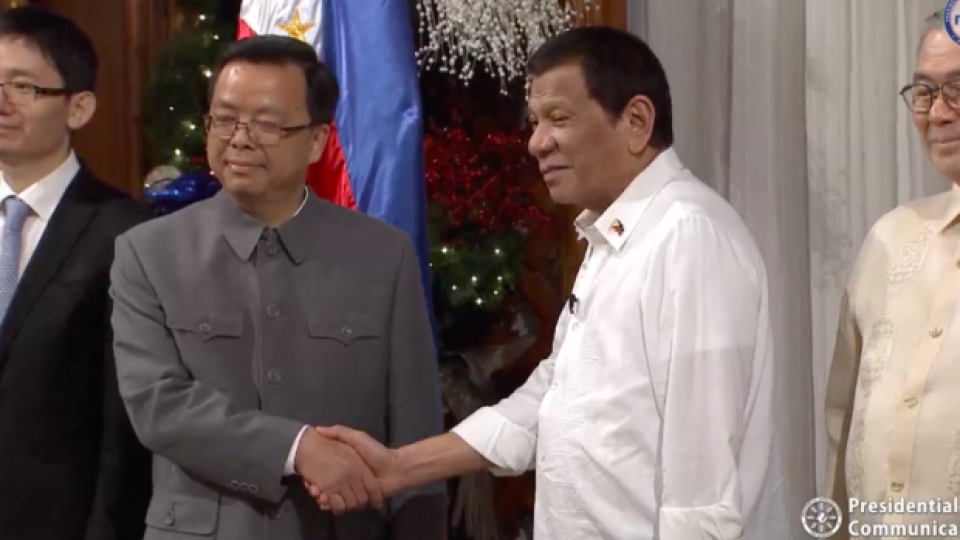June 30, 2023
MANILA — China could make the Philippines a target for providing places that could be used that could threaten its security, according to former President Rodrigo Duterte, saying that was what Chinese Ambassador Huang Xilian told him.
Duterte, who said he had regular meetings with Huang, made the revelation during his “Gikan sa Masa, Para sa Masa” program aired over SMNI on Monday.
“I reminded him again that the Philippines does not have a quarrel with China,” Duterte recalled. “But his answer was: ‘If you provide a place of, places where there can be an aggression to China, the Philippines could always be a target.”
The ambassador was alluding to the Enhanced Defense Cooperation Agreement (Edca) sites. Under Edca, US forces are allowed to rotate through Philippine military bases and also store defense equipment and supplies.
According to Duterte, there are now around 17 potential Edca sites scattered nationwide, warning that the United States could put “nuclear warheads” in those sites.
“By granting bases to America, we can be sure — and I am sure as the sun rises in the east — that these nuclear bases, which now increased to 17, will have nuclear warheads,” he said.
“It would be pretty naive or stupidity for Filipinos to think that the Americans would only bring conventional warheads. Nuclear bombs are far too different… I think, or I believe, not think, that the Philippines would be a graveyard if war comes.”
Contrary to Duterte’s statement, the government has only officially identified nine Edca sites.
In April, Malacañang named the latest four additional Edca sites:
- Camilo Osias Naval Base in Santa Ana town in Cagayan
- Lal-lo Airport in Lal-lo town in Cagayan
- Camp Melchor de la Cruz in Gamu, Isabela
- Balabac, the southernmost island of Palawan.
Three of these new sites are relatively near Taiwan, which China regards as a renegade province that it had been threatening to retake.
The Chinese Embassy also questioned the new Edca sites, saying the Philippines could “get dragged by the US to interfere in the Taiwan question.”
Following are the five other Edca sites:
- Antonio Bautista Air Base in Palawan, which is closest to the Kalayaan Group of Islands
- Basa Air Base in Pampanga, the home of the fighter planes of the Philippine Air Force
- Fort Magsaysay, the country’s largest military camp, in Nueva Ecija, which is a frequent location of Philippine-US military exercises
- Mactan-Benito Ebuen Air Base in Cebu
- Lumbia Air Base in Cagayan de Oro City
Edca is part of the country’s commitments to the US under the Mutual Defense Treaty.
Signed by two parties on August 30, 1951, the treaty states that both countries would support each other if an external party attacked either of them.


